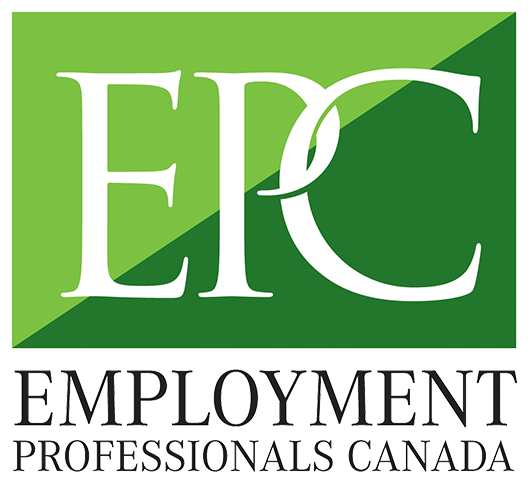This past summer, a number of changes to Ontario’s Pension Benefits Act became effective that will have a significant impact on the application of employee “grow-in” rights when employment is terminated. Because pension plan designs differ from organization to organization, some will feel the impact of this amendment more than others. That said, it’s beneficial for all Ontario employers to understand the change and how it might alter termination procedures in your workplace.
So what exactly are “grow-in” rights?
Grow-in rights afford eligible employees access to early retirement or bridging benefits that they would not otherwise be entitled if/when their employment is terminated. These rights vary depending on what type of pension plan the employee is entitled to. Grow-in rights can range from next to nothing to several multiples of the employee’s salary. For example, pension plans that use age and/or performance/service milestones to calculate the value of early retirement pensions tend to provide more impressive grow-in benefits.
The recent changes to the Pension Benefits Act have redefined the eligibility terms for grow-in rights in Ontario. Now, to be eligible for grow-in rights when employment has been terminated, an employee is required to meet the following criteria:
All employees must have been employed in Ontario and have at least 55 age and service “points” on their last day of pension plan membership to be eligible for grow-in rights.
And this, of course, means that the application of grow-in rights to situations that do not fall neatly into this category will inevitably produce some disputes.
Where it’s most likely that disputes may arise are in situations where the characterization of a termination of employment falls somewhere in between an employer-initiated termination and an employee resignation. In a situation like this, the language used to explain the nature of the termination and to address the application of grow-in rights will need to be extremely precise in order to avoid misinterpretation.
So what does this mean for my business?
First and foremost, it means that it’s now imperative to review your pension-plan design to determine whether and/or how grow-in rights apply.
Secondly, anyone in your organization that is responsible for processing terminations (as well as your human resources department) will need to fully understand the new grow-in regime. You’ll also need to be extra mindful of the rules when structuring and settling terminations. Both upper management teams and human resources departments should be prepared to address questions from departing employees regarding their eligibility for grow-in rights and the potentially altered value of their pension benefits.
Lastly—and perhaps most importantly—it may be necessary to consider calculating the total cost associated with terminating an employee before any termination decisions are made. Depending on the pension plan provisions and an employee’s circumstances, the value of a grow-in entitlement can be quite substantial.
For clarification on how this amendment could impact your business’ pension plans, contact Employment Professionals Canada. We’d be happy to assist you.

